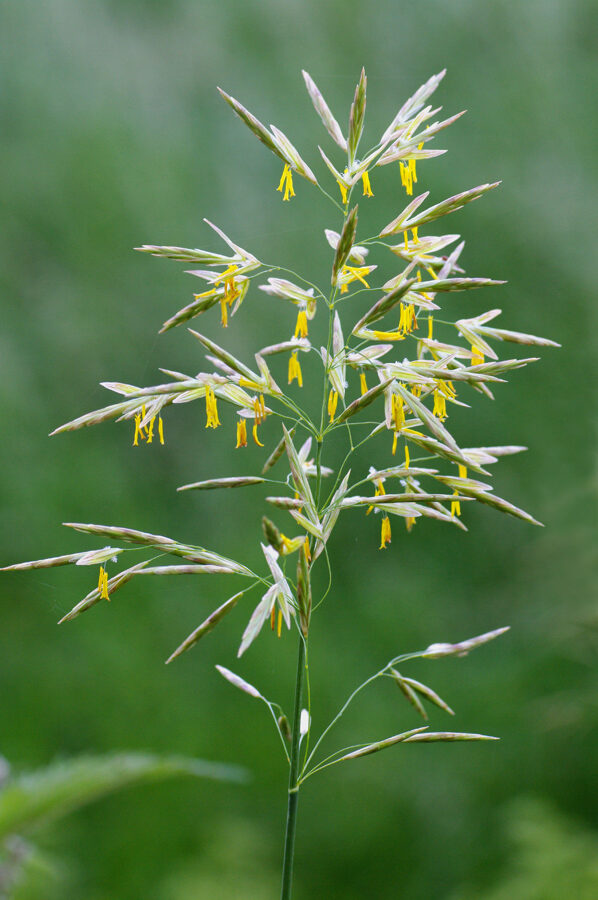 |  |  |  |  |
 |  |
Hungarian Brome is a perennial plant with a long and strong fringed root system that reaches deep into the soil. The stem is erect, bare or lightly hairy, highly leafy, up to 1m tall. Leaf plates are rough, flat, 5-40 cm long, 4-10 mm wide. The leaves are dark green, rarely grey. Inflorescence broad, 10-20 cm long. When flowering, it is expanded, after flowering it is one-sided. Flowers pale greenish or greyish purple, the upper ones undeveloped.
The plant is not used for medicinal purposes, it is more often grown as a fodder plant. The plant is harvested when it is in flower, because at that moment it has the most protein and fat, but the least fiber.
However, you should know that the plant contains a lot of protein, fiber, no nitrogen extractives, sugar, fat and starch. The plant also contains amino acids (lysine, methionine, cysteine), minerals (potassium, calcium, iron, copper, manganese and other elements), as well as group E, D and B vitamins.
Medicinal significance
Currently, the plant has not been sufficiently studied from the point of view of determining its pharmacological properties, although the plant is valuable for its content of valuable substances. In perspective, this plant may appear among medicinal plants in the future. Currently, it is a widely cultivated fodder plant.
In folk medicine, this plant is practically not used at all. In rare cases, there are records of its use in food and as a tonic. However, it is not a traditional plant used in folk medicine.
